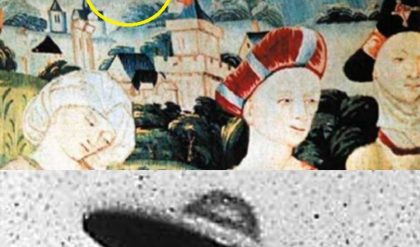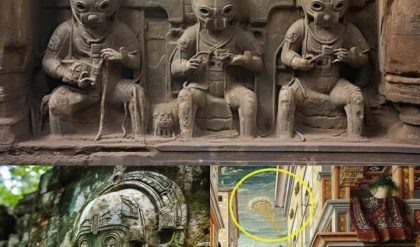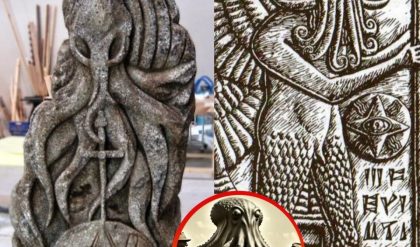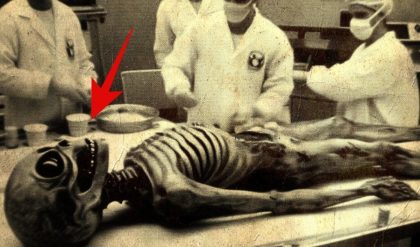In a remarkable find, archaeologists have uncovered a 4,400-year-old tomb in a well-known necropolis in Egypt. This discovery promises to shed new light on ancient Egyptian civilization and provide invaluable insights into the customs and practices of the Old Kingdom period.
The Ancient Necropolis

The tomb was discovered in the Saqqara necropolis, a vast ancient burial ground serving as the necropolis for the ancient Egyptian capital, Memphis. Saqqara is home to numerous pyramids, including the Step Pyramid of Djoser, and has been a focal point for archaeologists studying the Old Kingdom and later periods.
Details of the Discovery
The newly uncovered tomb dates back to the Fifth Dynasty of the Old Kingdom, around 2,400 BC. Key details of the find include:
Tomb Owner: The tomb belongs to a high-ranking official named Khuwy, who is believed to have served under Pharaoh Djedkare Isesi. The presence of royal iconography suggests Khuwy had a significant role in the court.
Architecture and Art: The tomb features unique architectural elements, including a distinctive L-shaped offering chamber. The walls are adorned with vibrant, well-preserved paintings that depict scenes of daily life, offerings to the gods, and the tomb owner’s journey to the afterlife.
Hieroglyphic Inscriptions: Inscriptions within the tomb provide details about Khuwy’s titles and roles, offering valuable information about the administrative structure and social hierarchy of the time.

Artifacts and Relics: Numerous artifacts, including pottery, statues, and personal items, were found within the tomb. These objects offer a glimpse into the material culture and daily life of the ancient Egyptians.
Significance of the Discovery
The discovery of Khuwy’s tomb is significant for several reasons:
Historical Insights: The tomb provides new information about the Fifth Dynasty, a period that marked significant developments in art, architecture, and statecraft in ancient Egypt. The details about Khuwy’s life and career add to our understanding of the political and social dynamics of the time.
Art and Architecture: The well-preserved paintings and unique architectural features of the tomb contribute to our knowledge of Old Kingdom art and funerary practices. The quality and preservation of the artwork provide a rare opportunity to study the aesthetics and techniques of ancient Egyptian artisans.
Cultural Practices: The artifacts and inscriptions within the tomb offer insights into the religious beliefs, daily life, and cultural practices of the ancient Egyptians. They highlight the importance of the afterlife and the elaborate preparations made for the journey to the next world.
Future Research and Excavations
The discovery of Khuwy’s tomb has generated excitement and anticipation within the archaeological community. Researchers plan to conduct further excavations in the surrounding area to uncover additional tombs and artifacts that may be linked to Khuwy or other high-ranking officials of the Fifth Dynasty.

Global Reactions
The announcement of the discovery has captivated people worldwide, highlighting the enduring fascination with ancient Egypt. Historians, archaeologists, and enthusiasts eagerly await more detailed studies and publications that will provide a deeper understanding of this remarkable find.
Conclusion
The discovery of the 4,400-year-old tomb in the Saqqara necropolis is a significant milestone in the study of ancient Egyptian history. As archaeologists continue to explore and analyze the site, the world stands to gain invaluable insights into one of the most influential civilizations of the ancient world. The tomb of Khuwy, with its rich artistic and historical treasures, offers a captivating glimpse into the life and times of the Old Kingdom, reaffirming the timeless allure of Egypt’s ancient heritage.





